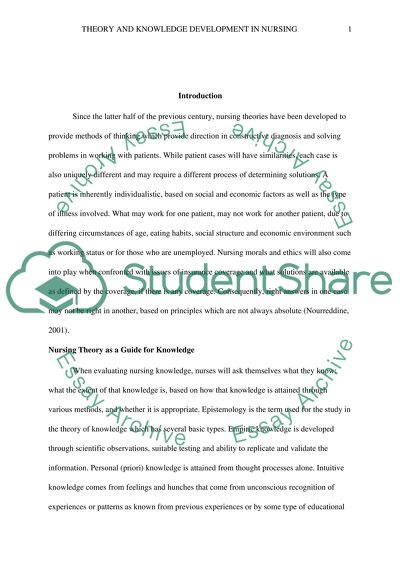Cite this document
(“Theory and Knowledge Development in Nursing Article”, n.d.)
Theory and Knowledge Development in Nursing Article. Retrieved from https://studentshare.org/nursing/1461357-theory-and-knowledge-development-in-nursing
Theory and Knowledge Development in Nursing Article. Retrieved from https://studentshare.org/nursing/1461357-theory-and-knowledge-development-in-nursing
(Theory and Knowledge Development in Nursing Article)
Theory and Knowledge Development in Nursing Article. https://studentshare.org/nursing/1461357-theory-and-knowledge-development-in-nursing.
Theory and Knowledge Development in Nursing Article. https://studentshare.org/nursing/1461357-theory-and-knowledge-development-in-nursing.
“Theory and Knowledge Development in Nursing Article”, n.d. https://studentshare.org/nursing/1461357-theory-and-knowledge-development-in-nursing.


